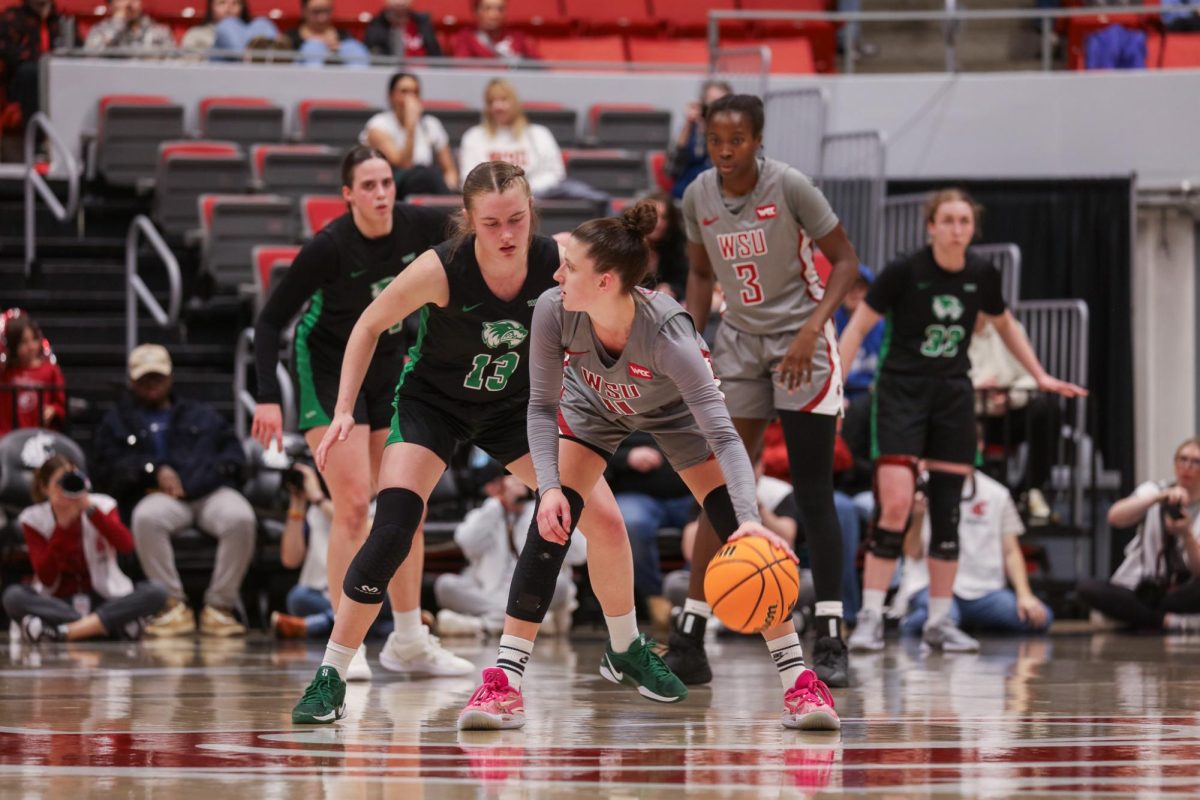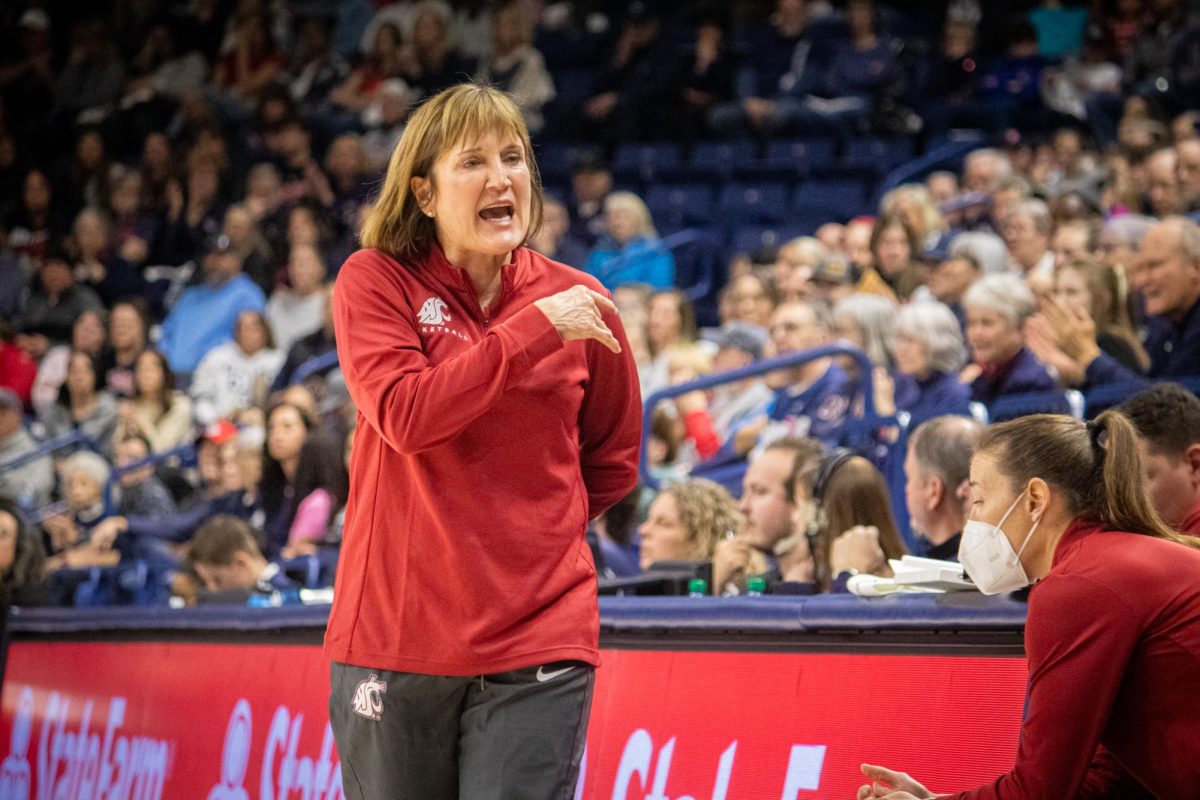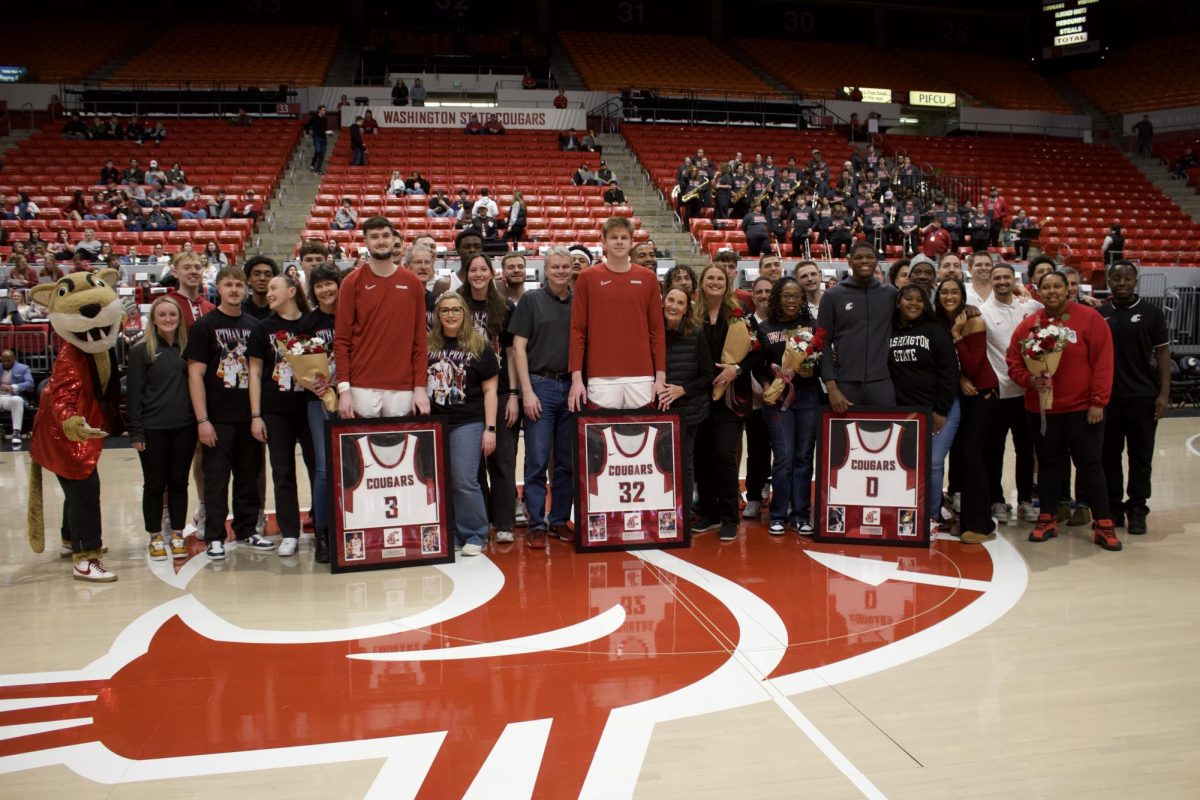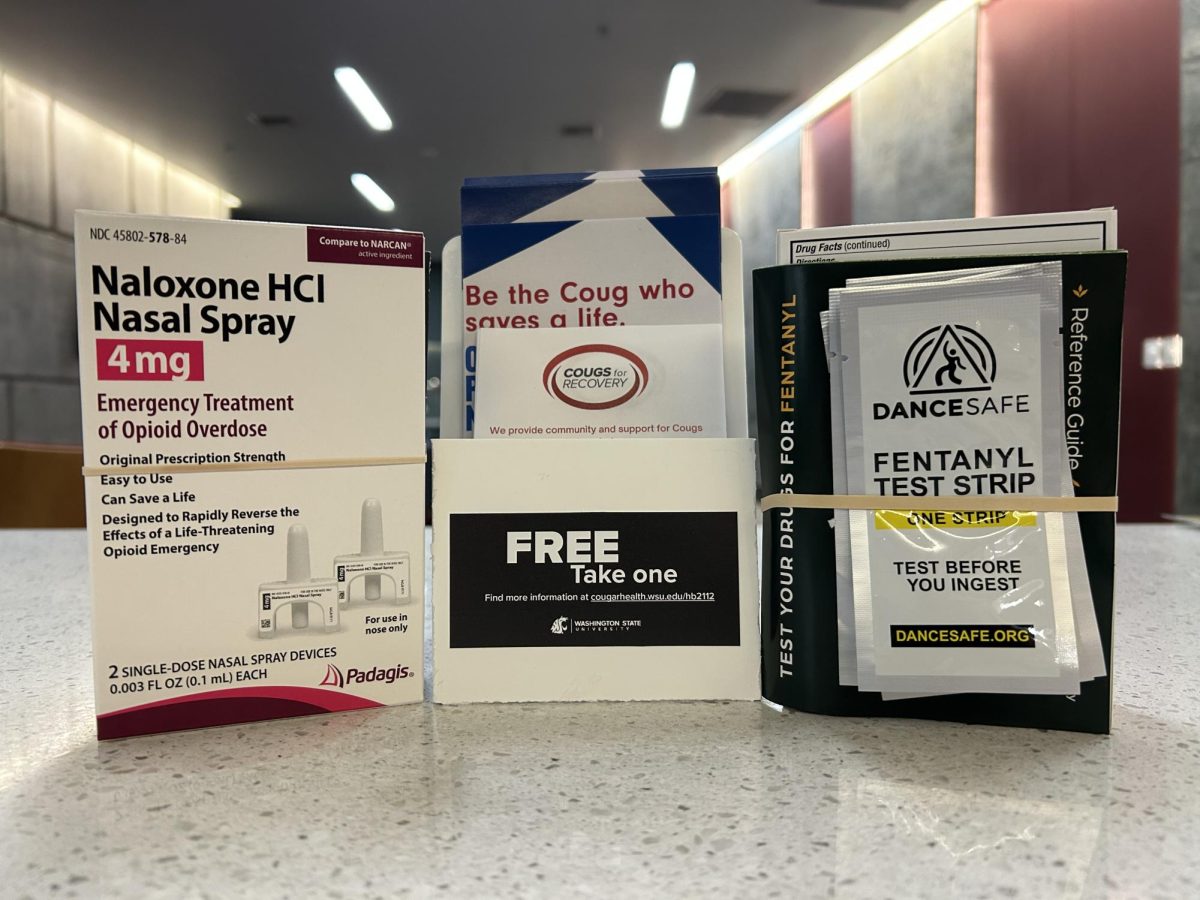In partnership with All Star Gear Guru, the WSU Sports Science Laboratory investigated the effectiveness and protection that football shoulder pads provide. The study, conducted in Pullman this past June, has now been published.
Led by lab manager and WSU professor Dr. Nick Smith, the research team tested six popular brands of shoulder pads. All Star Gear Guru, a sports equipment review site, used these findings to create a comprehensive ranking for potential consumers.
Bill Fogarty, founder of All Star Gear Guru, said his team contacted WSU due to the school’s excellent facilities and credibility surrounding past sports science research, including studies with the NCAA.
“There’s nobody out there testing shoulder pads,” Fogarty said. “We just did it out of necessity. We wanted to know for ourselves.”
The study measured the protective pads’ safety and efficiency, with a focus on impact absorption and weight. The team developed a formula to base their measurements, taking 75% of impact protection and 25% of weight efficiency into consideration.
The team utilized a drop tower with a helmet to simulate a realistic impact the pads take on the field. One thousand pounds of pressure were placed on the pads and each brand was tested thrice.
Topping the list was Xtech Custom X2 with a safety-efficiency score of 9.4. According to Fogarty, this is the brand that the WSU football program uses for their players, in addition to 80% of the NFL and 70% of college football.
Fogarty said the results were surprising. One particular football gear brand tested, VICIS, also manufactures a helmet deemed the safest in football by studies at the Virginia Tech Helmet Lab. In June 2024, VICIS released a line of shoulder pads that run between $700-750, nearly double that of the other pads tested at WSU.
The VICIS pads came in last place, with a score of 2.7.
Fogarty said these results validated the need for research of this type. Consumers should know what research backs up certain claims, rather than solely being persuaded through the marketing of name-brands.
“This contrast between how good their helmets are and how bad their shoulder pads scored highlights the need for independent, scientific testing to eliminate bias and reveal true product effectiveness,” All Star Gear Guru wrote in their study.
Fogarty said these disparities should be known and that some brands place more money into marketing instead of safety testing.
“It’s coming from a brand who consistently ranks number one for the safest helmet. So it stands to reason that they would have safe shoulder pads,” he said.
The study stands to benefit a variety of football players, from professional athletes to young, school-aged children.
As the parent of a football player, Fogarty said he understands the risks and consequences that can come from poor-quality gear and subsequent injuries.
“Think about a 16-year-old kid who thinks he might have a shot to go to a D1 college,” Fogarty said. “And then he breaks his collarbone. He’s out for the season, because he’s in some piece of crap shoulder pads.
The research additionally places WSU at the forefront of sports safety research, according to Fogarty. As a majority of football gear research is focused on head and brain protection, a study like this allows for further conversation around safety.
“When you’re talking about football safety, 100% of the conversation is about helmets. And rightfully so,” Fogarty said. “[But you also] have your collarbone, your clavicle, your sternum, your spine.”
Fogarty said that Dr. Smith was a gracious host, and the Sports Science Lab capabilities were crucial in ensuring the study’s reliability.
“We’re already talking to him and one of his graduate assistants about doing another round of testing,” he said.
All Star Gear Guru also released a YouTube video detailing the process of their research and their findings.
















